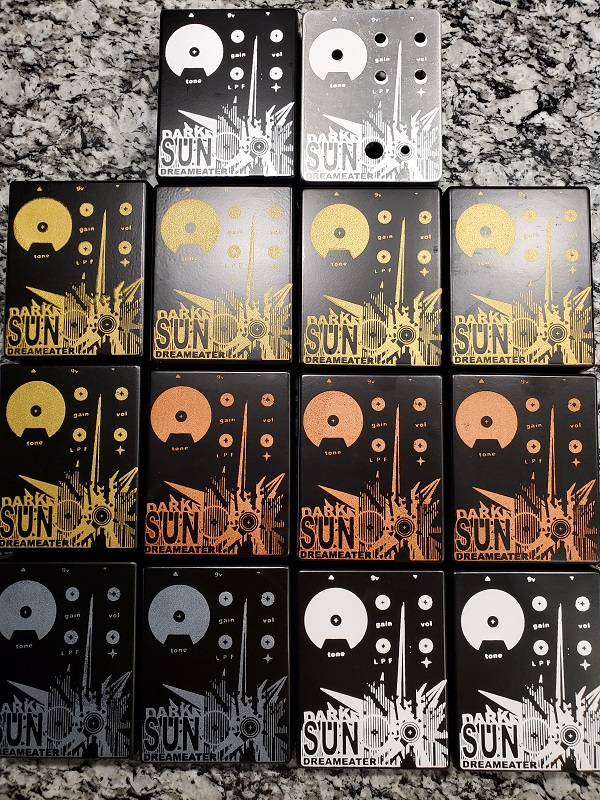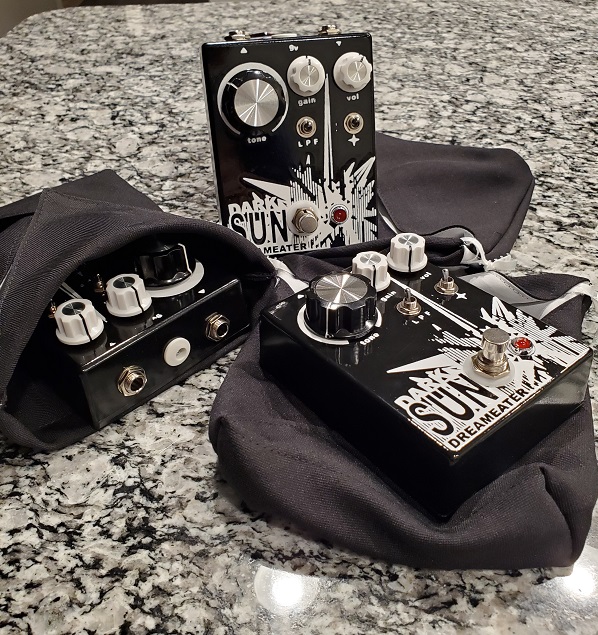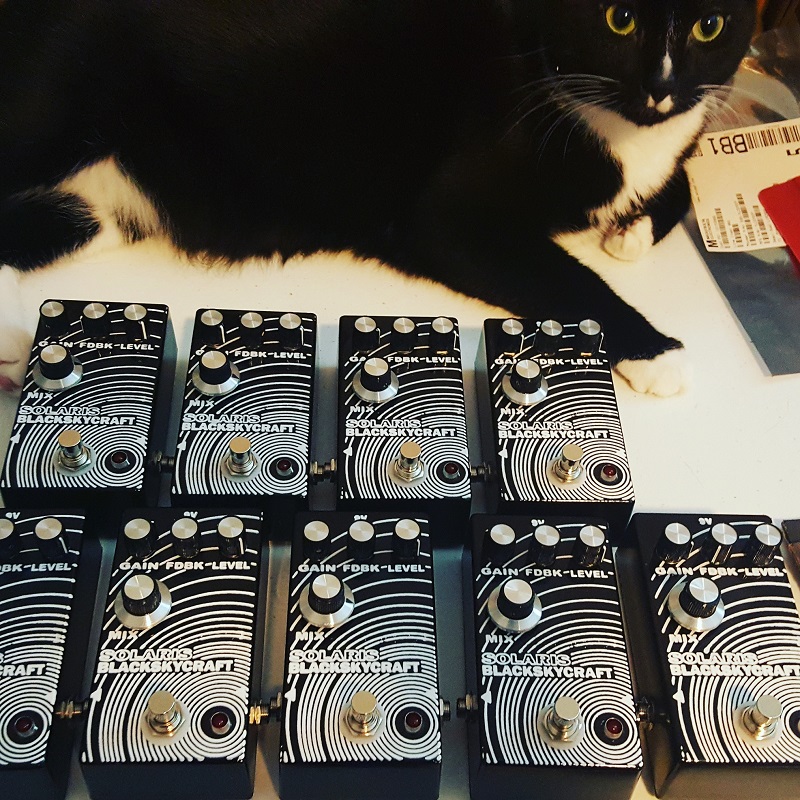Vaccine brain, please delete 

This section allows you to view all posts made by this member. Note that you can only see posts made in areas you currently have access to.
Show posts Menu but I figured other tinkerers could add to this or maybe support some of these "useful suggestions".
but I figured other tinkerers could add to this or maybe support some of these "useful suggestions".















